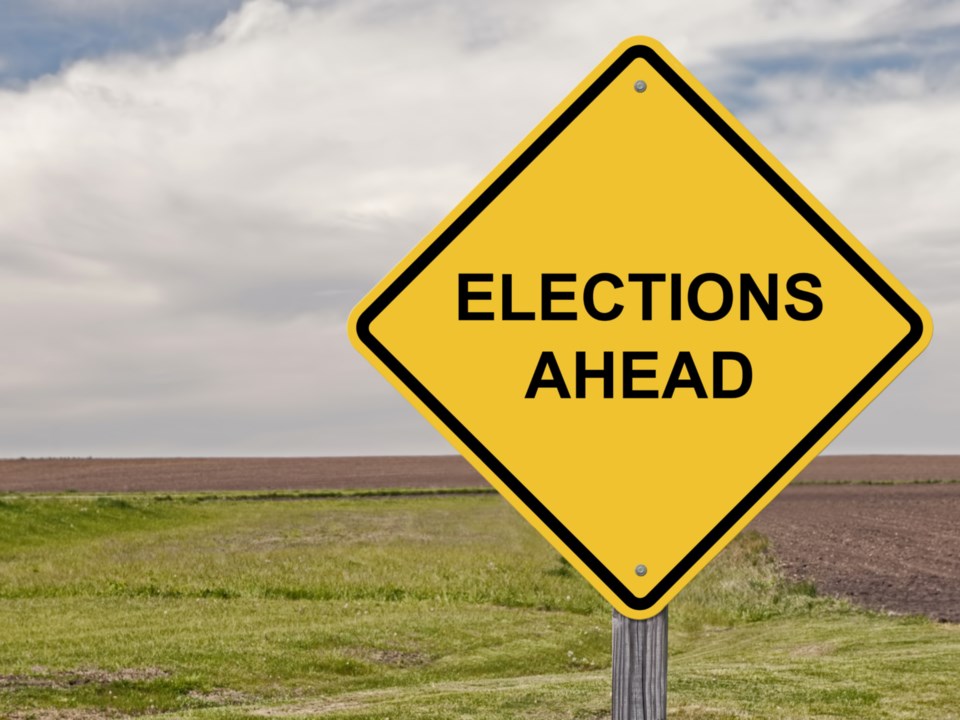There’s been a joke amongst pundits that this federal election is like an episode of Seinfeld: it’s about nothing.
I disagree: this election seems to be coming down to a choice between Conservatives and Liberals, with the critical issue of climate change the schism point between the two parties.
However, here in York—Simcoe, it does seem to be an election with a foregone conclusion.
Scot Davidson, who declined an interview, is our new MP. Even amongst Davidson’s supporters, people will concede that he’s a good guy, but he is not the political heavyweight his predecessor, Peter van Loan, was. He looks set to be reelected by default, despite a well-qualified Liberal and a spirited NDP candidate.
Following the by-election this winter, I was asked by a local reporter to put on my strategist hat to answer a simple question: “What will it take to make this a swing riding?”
I think that’s a question well worth discussing. There is value in being a swing riding, quite frankly: it ensures the government of the day pays attention to local needs, in order to try to hold or win the riding by delivering on local priorities.
As a premise, I have to imagine that the only party that stands a chance of winning this riding other than the Conservatives would be the Liberals. (Every so very often, the NDP has come second, but that has only occurred when the Liberals utterly collapsed.)
The first ingredient to make this a swing riding is that, demographically, our area is certainly changing. As Bradford and East Gwillimbury suburbanize, we are seeing younger, more ethnically diverse families move into the community; these new voters are generally thought to favour the Liberal Party.
At the same time, however, the approach of relying on demographic change means this riding will consistently be just on the cusp of being targeted by the Liberals. I’ve heard for a decade “maybe in four years”.
In 2014, my friend Loralea Carruthers came close to winning the riding provincially, losing by some 2000 votes or 5 percent of the vote as the Liberals won the province, but she was blown out of the water by Caroline Mulroney in last year’s Conservative landslide.
Carruthers’s approach was to focus on a combination of local environmental issues and the public service needs of the riding in terms of schools, child care and health care. Conservatives in this riding are environmentally conscious. They’re conservationists who care about farmland and our water.
My sense is that this riding is more winnable at the provincial level for a progressive candidate given the provincial government’s focus on public services, as opposed to the federal level which focuses on policy files more removed from people’s everyday lives.
A well-qualified Liberal candidate—ideally with a high public profile existing already—who focused on local environmental issues and investing in public services could make this a fair fight with a well-funded, strong ground game—but only in an election where the party itself won a majority.
In the mean time, we remain a riding that is an afterthought for both main parties given the dynamics of prioritizing swing ridings first.
